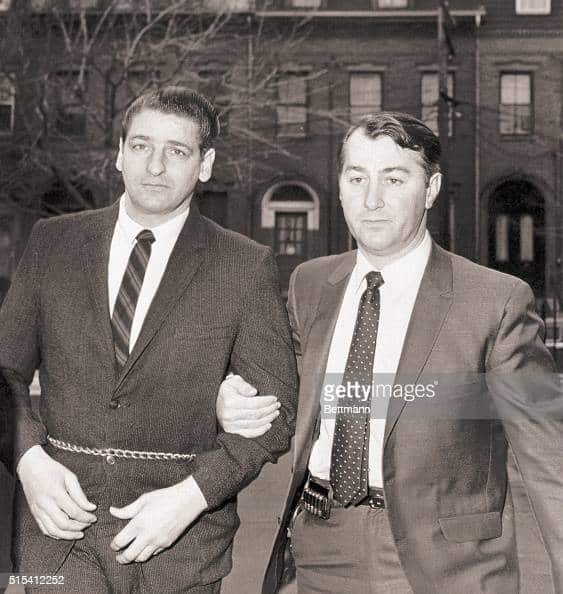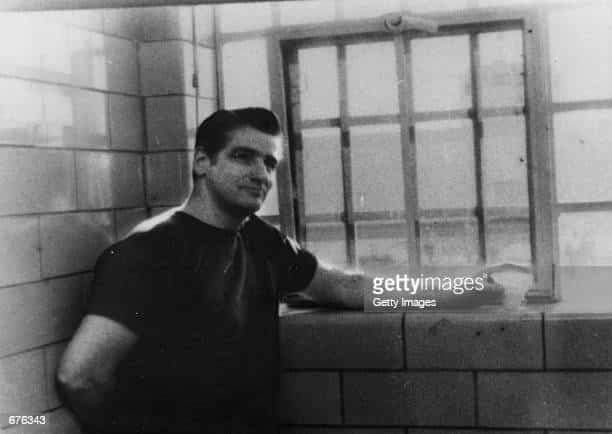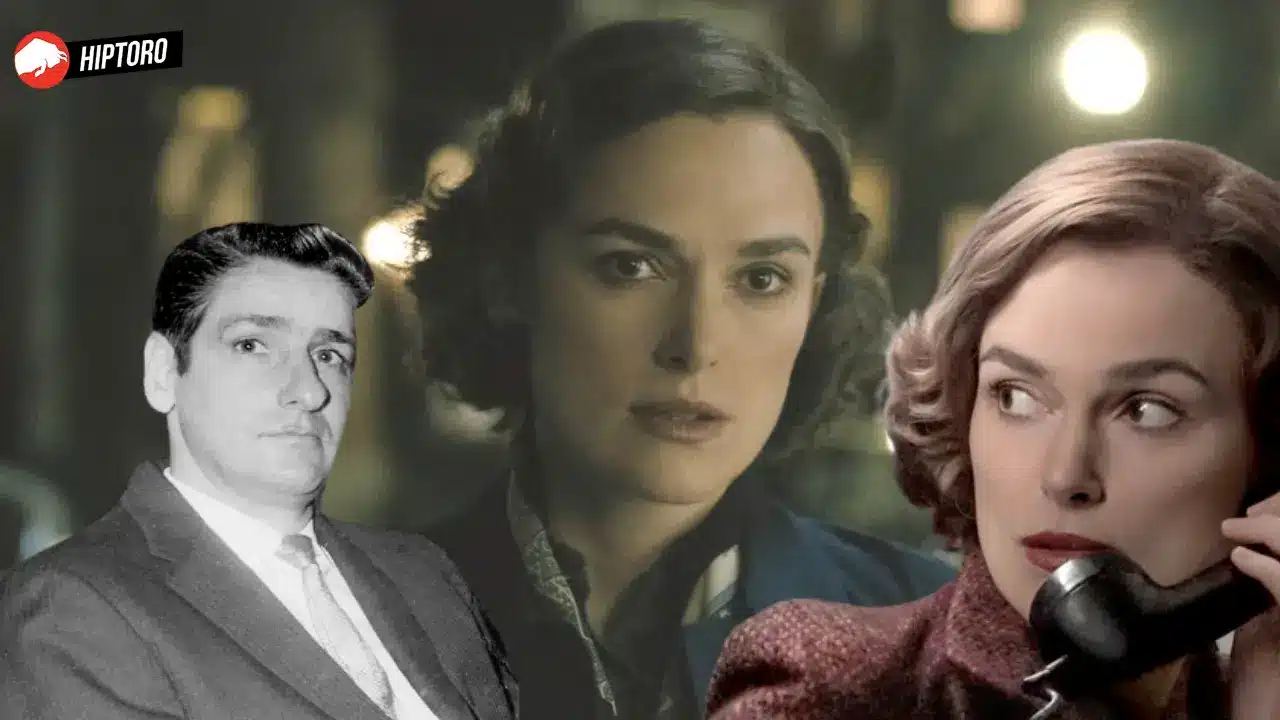Boston Strangler: A Cinematic Exploration of Journalism and Crime in 1960s Boston
The Story of Determined Journalists
Boston Strangler tells the story of two journalists, Loretta McLaughlin and Jean Cole (played by Keira Knightley and Carrie Coon), in 1960s Boston. These journalists worked tirelessly to publicize the murders of women in the city at a time when both the media and the detectives appeared to be ignoring the crimes. Between June 14, 1962, and January 4, 1964, 13 women were murdered, ranging in age from 19 to 85 and in ethnicity.
The movie focuses more on the journalistic efforts of its two leads than on the detective work that led to the eventual capture of the suspected strangler, which unfortunately results in some confusion about the order of the crimes, the alleged perpetrators, and who was genuinely responsible.
Unraveling the True Story of the Boston Strangler

Albert DeSalvo (portrayed by David Dastmalchian) is widely believed to be responsible for the 13 murders. However, the film takes almost half its runtime to catch up with him. The police in the movie, much like in real life, are depicted as mishandling the case, failing to share information with neighboring jurisdictions, and not connecting the first four murders until McLaughlin and Cole reported it.
DeSalvo’s Ruses and the Question of a Single Perpetrator
Before the Boston Strangler murders, DeSalvo used two tactics to gain entry to women’s homes: pretending to be a maintenance worker or a model scout. The film explores the challenges faced by the police in catching a single perpetrator, as the victims’ wide age range led many to believe there might have been two perpetrators.
Confessions and Doubts Surrounding DeSalvo’s Guilt

The movie portrays DeSalvo’s confession to the Boston Strangler murders as coached in some parts. While there were inconsistencies in his real-life confession, DeSalvo is also reported to have known details about the crimes that only the perpetrator would have known. Despite this, many people doubted DeSalvo was the killer at all.
During DeSalvo’s incarceration at Bridgewater State Hospital, the medical director claimed that DeSalvo was a compulsive confessor who craved recognition but was not the strangler himself. In the film, DeSalvo’s former inmate George W. Harrison alleges overhearing DeSalvo being coached on the details of the murders.
Arrest, Confession, and Departures from Reality
The movie significantly deviates from real life in depicting DeSalvo’s arrest and subsequent events. In reality, DeSalvo was arrested for one of the ‘Green Man’ rapes, and after his picture was published in the newspaper, other women came forward to identify him. He was charged, tried, and sentenced to life imprisonment at Bridgewater State Hospital.
While incarcerated, DeSalvo confessed to the Boston Strangler murders, initially to his cellmate George Nassar (Greg Vrotsos), who enlisted his attorney F. Lee Bailey (Luke Kirby, The Marvelous Mrs. Maisel) to help catch DeSalvo.
Recanting and Death
In the film, Loretta contacts DeSalvo through his brother, and DeSalvo agrees to speak with her, seemingly ready to recant his confessions. However, he is stabbed in his cell and dies shortly after the call.
In reality, DeSalvo and several other inmates escaped the hospital in February 1967. He turned himself in three days later and was transferred to a maximum-security prison in Massachusetts, where he recanted his Strangler confessions.
DeSalvo died from a stabbing, but not in how the film portrays it. On November 25, 1973, he was found stabbed to death in the prison infirmary. Many believe that another prisoner killed him for selling drugs below the established price in prison.
Unresolved Cases and DNA Evidence
In the movie’s final moments, it is revealed that DeSalvo was connected to the rape and murder of Mary Sullivan, the thirteenth Strangler victim, through DNA evidence. The preceding twelve cases, however, remain unsolved, leaving viewers with a haunting sense of ambiguity and a lingering question about the true identity of the Boston Strangler.










